Sixth graders were allowed to choose any animal they wanted and had to draw a simplified version of it. They then filled it in using ink patterns. Students then used watercolor to finish their piece.
Sixth graders were introduced to various forms of op art. They then created their own version by intersecting 6 lines through a mid point. They then alternated drawing concave and convex lines, this creates the movement. They were to finish it by using complimentary color pairs. Mr. Hendrick's Class
Sixth graders were introduced to various forms of op art. They then created their own version by intersecting 6 lines through a mid point. They then alternated drawing concave and convex lines, this creates the movement. They were to finish it by using complimentary color pairs.
Materials: Op Art examples, 9x12 white construction, ruler, pencil, markers Vocab: Convex, Concave, Illusion, Complementary Colors Students experimented with the ancient Japanese art of paper marbling. This is achieved by floating suminagshi ink on water then placing paper on top to absorb in unique ink design. The next class sixth graders were introduced to Japanese calligraphy and the art of writing.
Materials: Suminagshi ink, water, large tubs, soap, 9x12 rice paper, bamboo brushes, calligraphy handout Vocab: Suminagshi, Calligraphy Students viewed a power point containing various types of mobiles. We then created mini pom poms out of tissue paper. Each student drew up an idea for how the pom poms should be displayed. The class voted and then constructed their unique classroom mobile using wire hangers and string.
Materials: Tissue paper, string, scissors, scratch paper, pencil Vocab: Mobile |
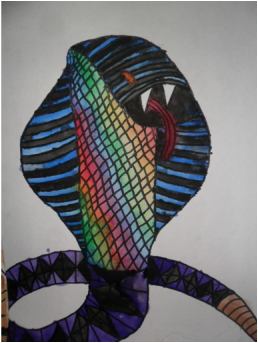
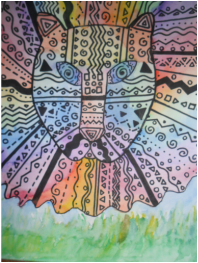
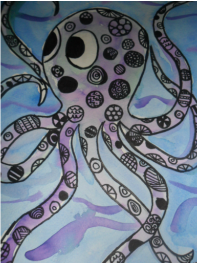
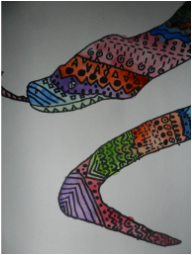

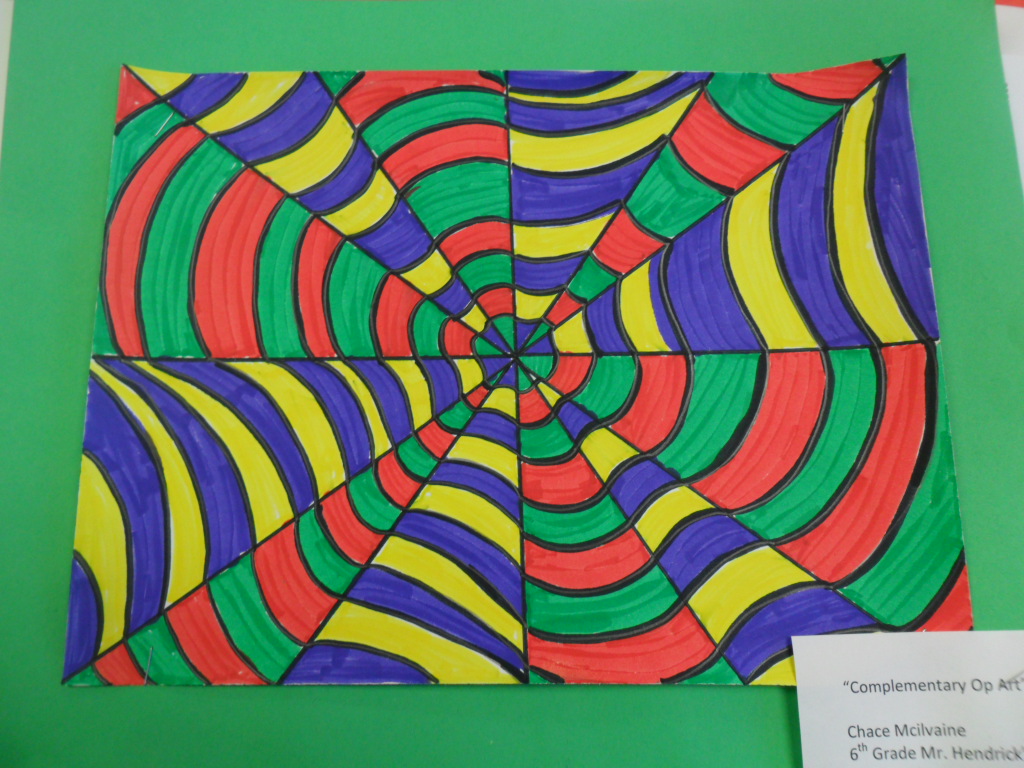
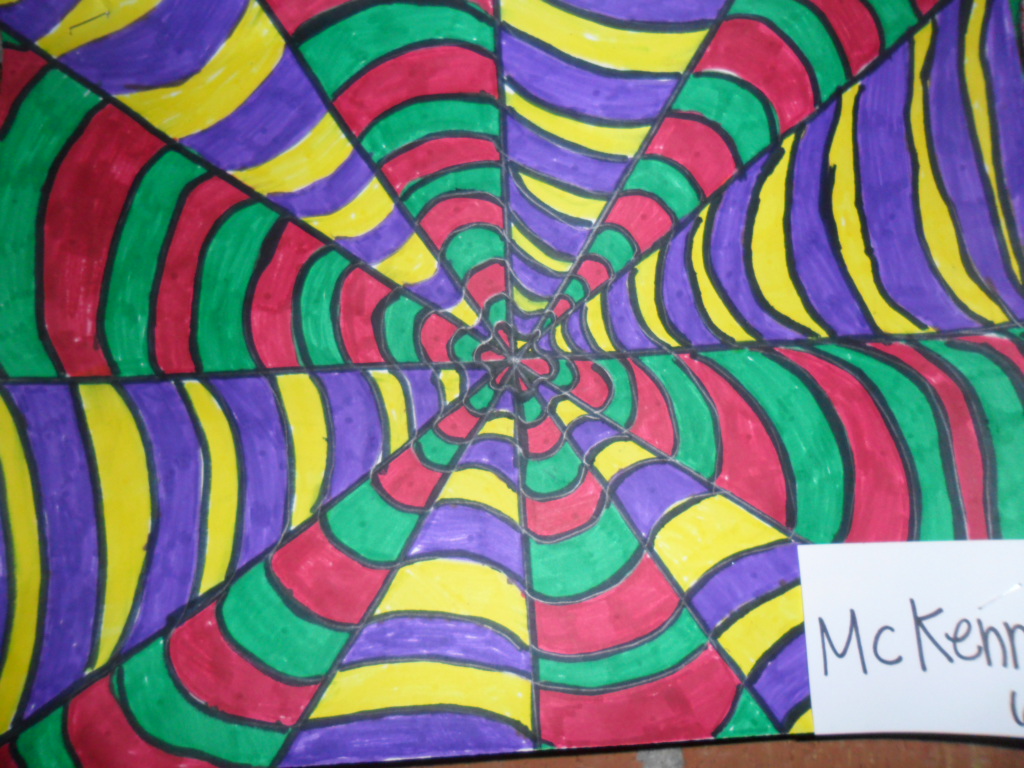

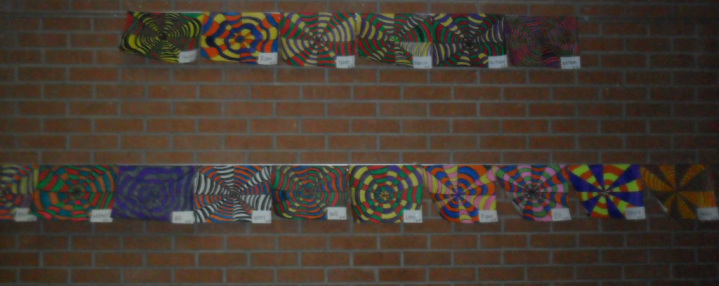
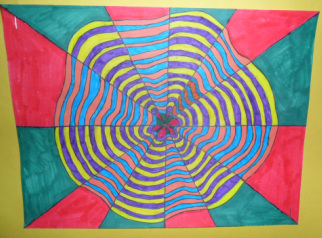
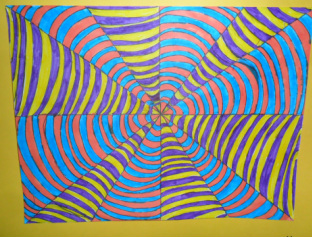
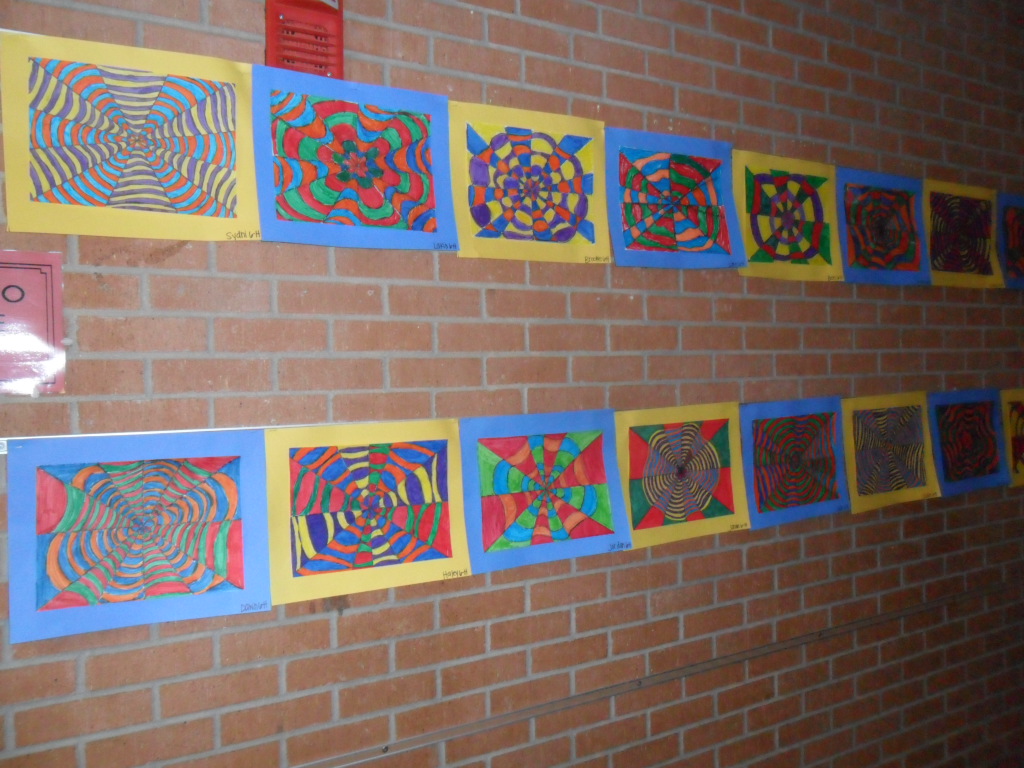
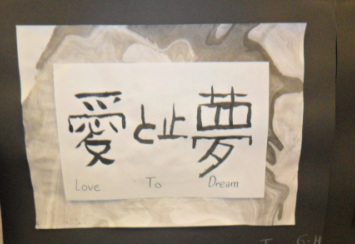
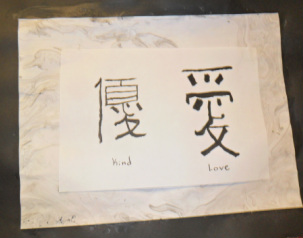
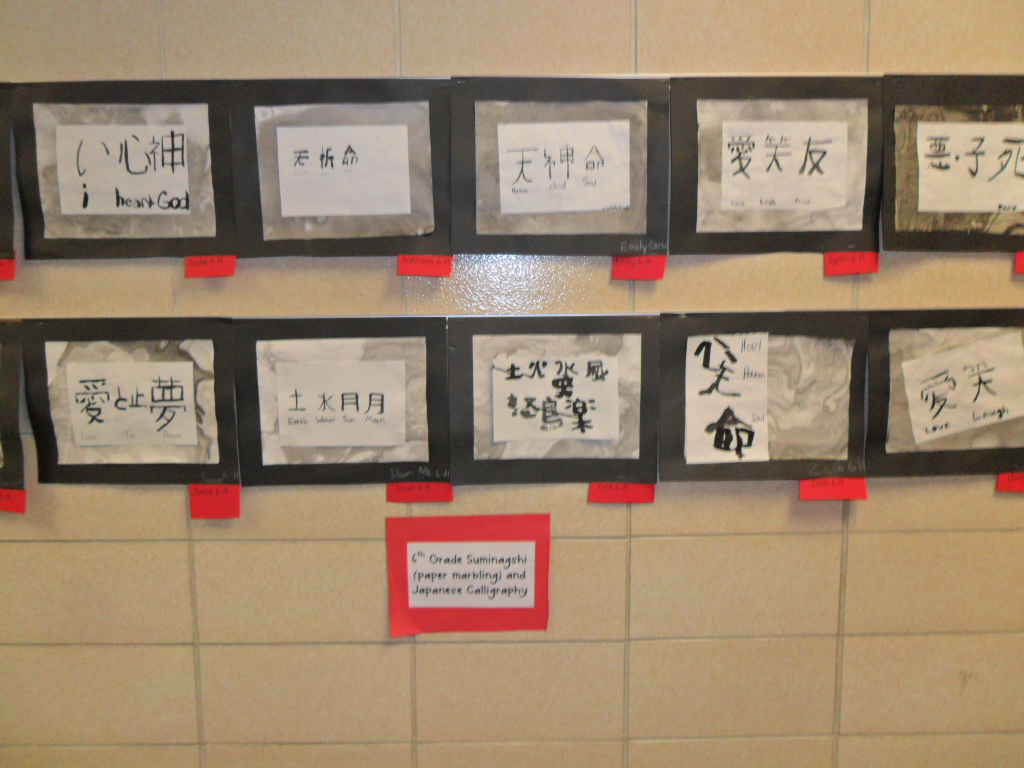
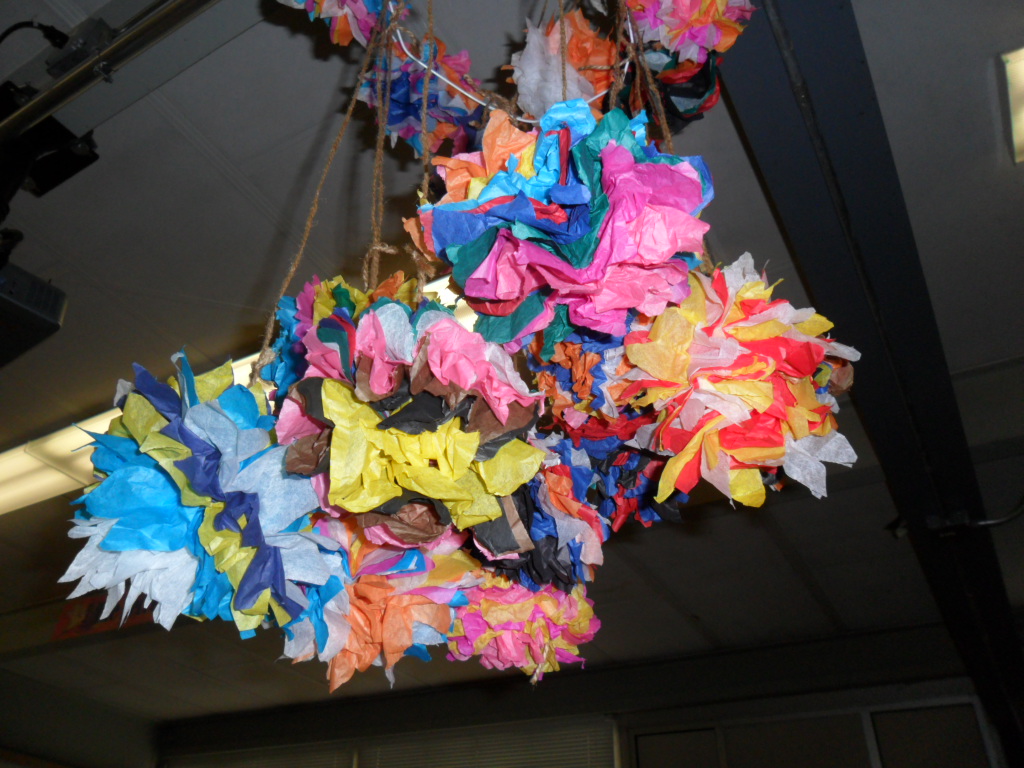
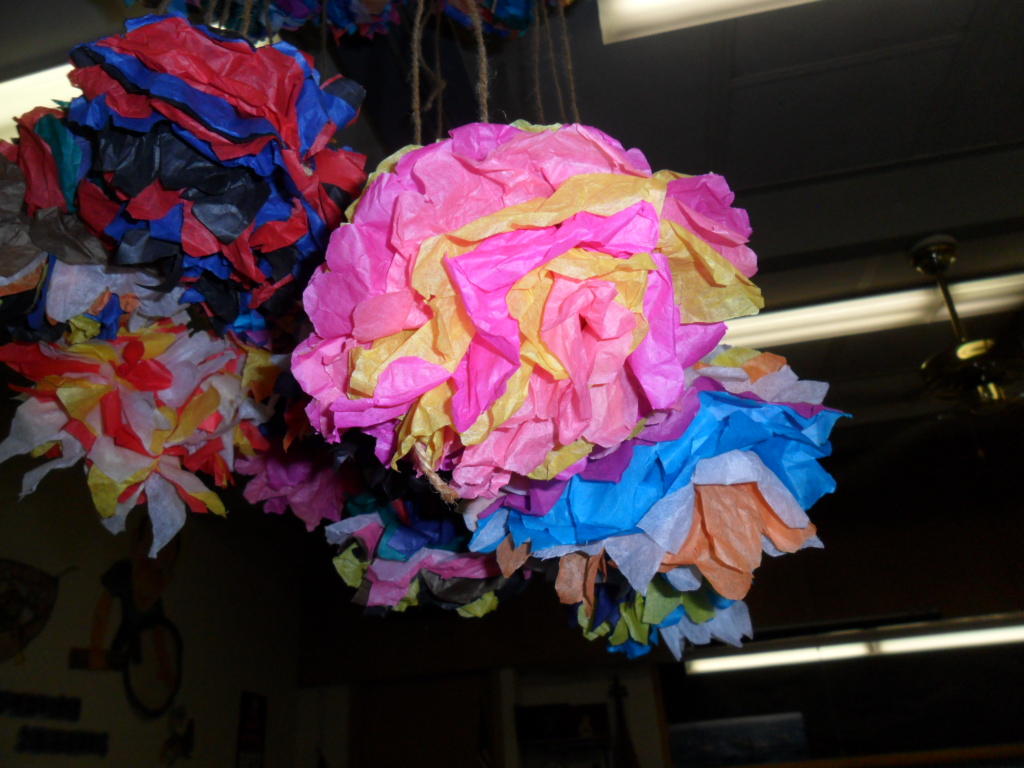
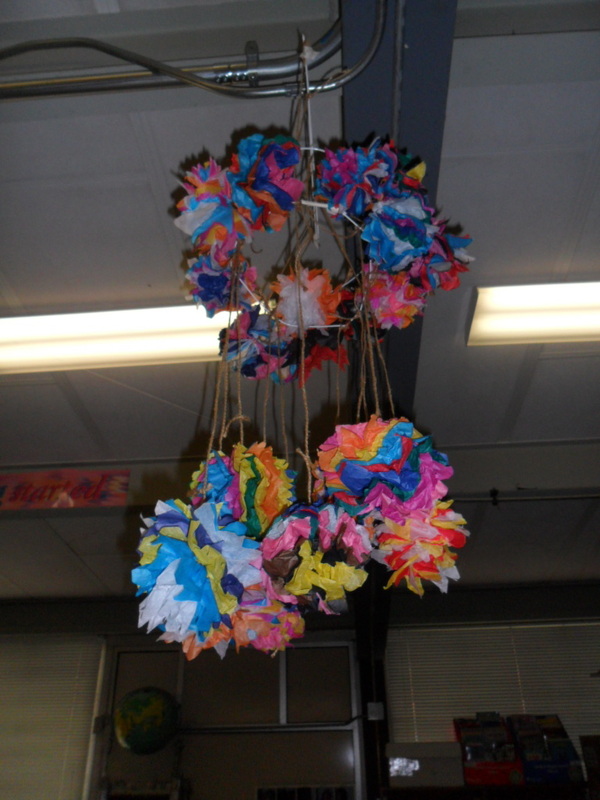
 RSS Feed
RSS Feed